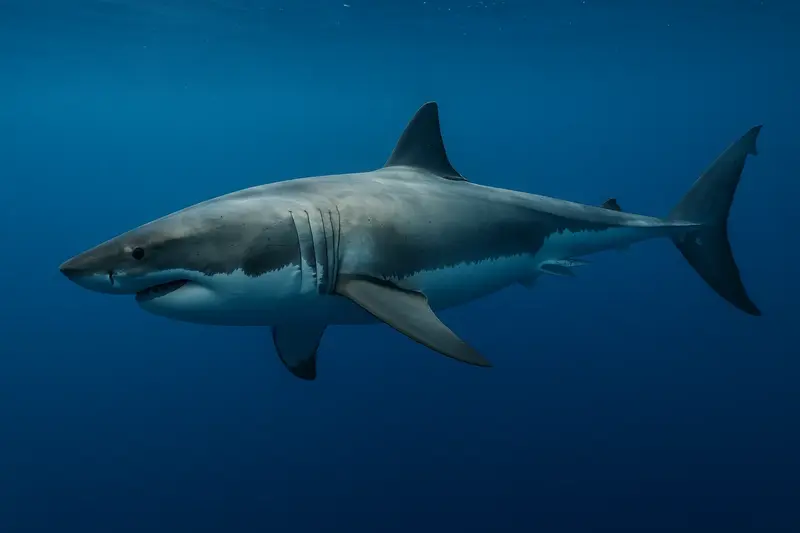Sharks, the ocean’s apex predators, are iconic not only for their formidable hunting abilities but also for their reputation as creatures that never stop moving. You may have heard the saying, "If a shark stops swimming, it dies." But is this biologically accurate? Why can’t some sharks just rest like other fish?
As an animal physiology and behavior specialist, this article delves into the anatomical, respiratory, and ecological reasons behind sharks’ continuous motion, and why for many species, movement truly is life.

Like most fish, sharks breathe by extracting oxygen from water through their gills. Water passing over the gill filaments allows oxygen to diffuse into the bloodstream.
Ram Ventilation: Requires the shark to swim constantly to push water over the gills. Common in fast-swimming species like great white sharks and mako sharks.
Buccal Pumping: Uses mouth and throat muscles to actively pull water through the gills, allowing some sharks, such as nurse sharks, to breathe while resting.
Sharks like the great white or hammerhead have underdeveloped or absent buccal muscles and rely entirely on ram ventilation. If they stop moving, water flow over the gills ceases, and they suffocate.
Unlike bony fish, sharks lack a swim bladder. Instead, they use:
A large, oil-rich liver (up to 25% of body weight)
Hydrodynamic lift generated by continuous swimming and wing-like pectoral fins
If these sharks stop swimming, they lose lift and begin to sink, potentially increasing physical strain or causing injury.
Some shark species have brains with high oxygen demands, and continuous circulation—boosted by motion—is essential for function.
Movement aids cardiac output, helping distribute oxygen and nutrients efficiently throughout the body.
Many pelagic sharks travel vast distances across the ocean. Constant movement aids navigation, feeding, and reproduction.
Motion enhances input from the lateral line system and electroreceptors (e.g., ampullae of Lorenzini), helping detect prey and changes in the environment.
Active swimming increases agility and speed, essential for surprise attacks and pursuing fast prey.
Species like nurse sharks, angel sharks, and bamboo sharks can remain stationary. They use buccal pumping to draw water over their gills even while motionless.
Some constantly-swimming sharks exhibit unihemispheric slow-wave sleep—resting one brain hemisphere at a time while continuing to swim.
Sharks don’t swim endlessly because they’re restless—they do so because their physiology, anatomy, and evolution demand it. For many species, movement sustains respiration, buoyancy, circulation, and ecological function.
Understanding this reveals not just the elegance of shark biology, but also how nature shapes behavior for survival. It's no exaggeration to say that for these remarkable animals, to swim is to live.
animal tags:
We created this article in conjunction with AI technology, then made sure it was fact-checked and edited by a Animals Top editor.